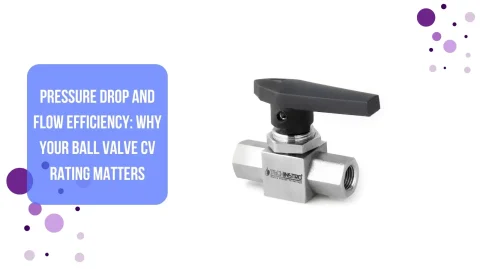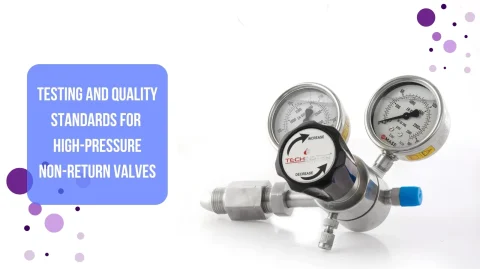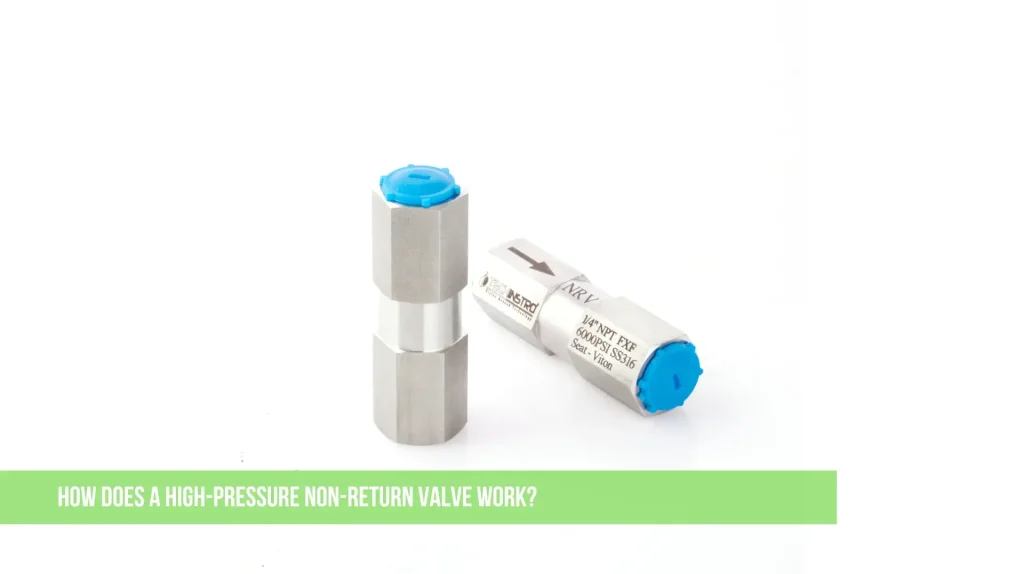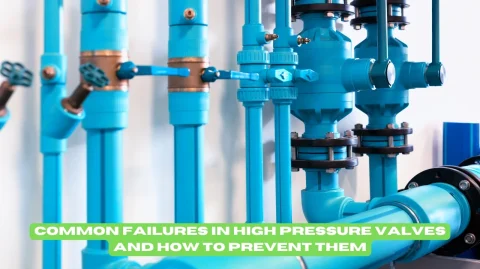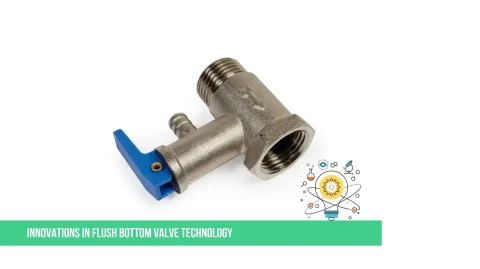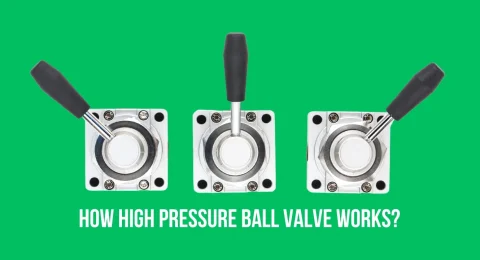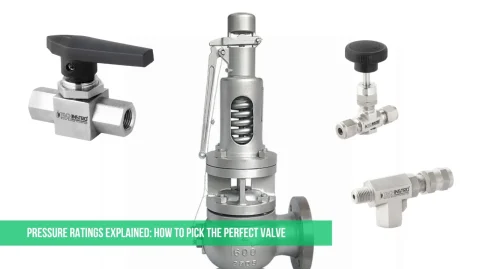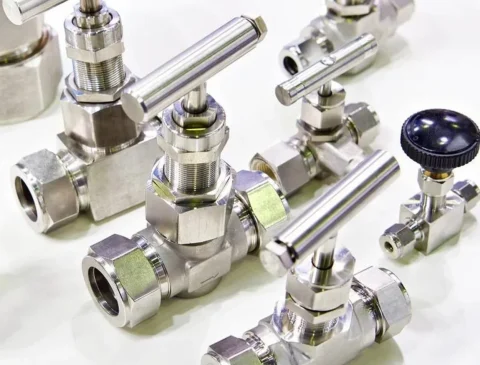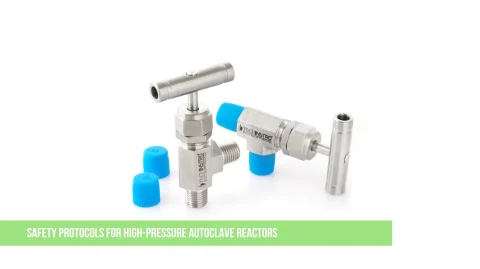A high-pressure non-return valve (also called a check valve) is a simple but crucial component in many fluid systems. Its main job is to allow flow in one direction while blocking reverse flow, preventing damage to equipment and maintaining system efficiency.
High-Pressure Non-Return Valve’s Key Components:
- Valve Body – The outer casing that holds all parts together.
- Disc or Ball – A movable part that opens or closes the flow path.
- Spring (Optional) – Helps the valve close quickly when the pressure drops.
- Seat – The sealing surface where the disc rests to block reverse flow.
How does High-Pressure Non-Return Valve work?
Forward Flow (Open Position)
- When fluid flows in the correct direction, the pressure pushes the disc or ball open.
- The spring (if present) compresses, allowing liquid or gas to pass through.
Reverse Flow (Closed Position)
- If the flow tries to reverse, the pressure pushes the disc back against the seat.
- The spring (if used) helps snap the valve shut quickly.
- This prevents backflow, protecting pumps, compressors, and pipes.
Where Are They Used?
- Oil & Gas Pipelines – Prevents backflow in high-pressure systems.
- Water Pumps– Stops water from flowing backward when the pump shuts off.
- Steam Boilers – Keeps steam from reversing into feedwater lines.
- Hydraulic Systems – Maintain pressure in machinery.
Advantages: –
- Automatic Operation – No manual control needed.
- Prevents Backflow Damage – Protects pumps and compressors.
- Low Maintenance – Few moving parts mean long service life.
Conclusion
A high-pressure non-return valve is a simple but vital device that ensures fluids flow one way only. By using pressure differences and mechanical components like discs and springs, it keeps systems running safely and efficiently.
